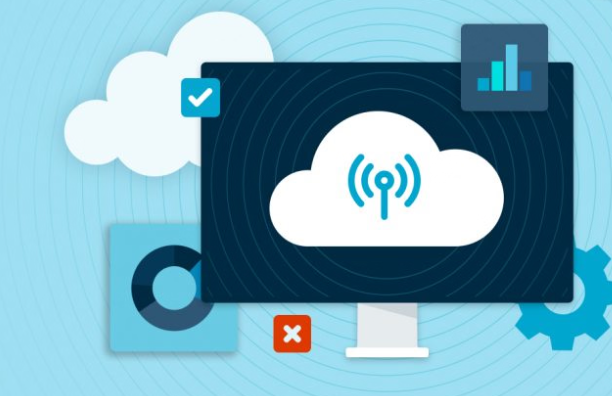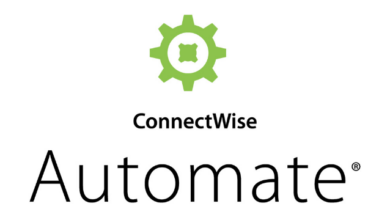Best RMM for Internal IT Department

Best RMM for Internal IT Department – An RMM (remote monitoring and management) tool is a software solution that helps IT teams manage and monitor devices, systems, and networks.
What is Best RMM for Internal IT Department?

An RMM (Remote Monitoring and Management) tool is a software solution that helps IT teams manage and monitor devices, systems, and networks. RMM tools can be used to perform a variety of tasks, including:
- Remote monitoring and management of devices
- Patch management
- Software deployment
- Asset tracking
- Scripting and automation
- Reporting
Benefits of using an Best RMM for Internal IT Department
There are several benefits to using an RMM (Remote Monitoring and Management) tool, both for managed service providers (MSPs) and internal IT teams. Here are some of the key advantages:
- Proactive identification of issues: RMM software can continuously monitor network performance and device health, allowing IT professionals to identify and address potential problems before they cause downtime or disrupt operations. This proactive approach can significantly reduce the impact of IT issues on a business.
- Improved security: RMM tools can help to identify and patch security vulnerabilities on devices across a network. They can also automate security tasks such as malware detection and removal, helping to keep systems safe from cyberattacks.
- Reduced downtime: By proactively identifying and resolving issues, RMM tools can help to minimize downtime for businesses. This can lead to increased productivity and revenue.
- Increased efficiency: RMM tools can automate many routine IT tasks, such as software deployment and patching. This can free up IT staff to focus on more strategic initiatives.
- Reduced costs: By improving efficiency and reducing downtime, RMM tools can help businesses to save money on IT costs. Additionally, RMM tools can help to reduce the need for on-site visits by IT staff, which can further reduce costs.
- Better reporting and analytics: RMM tools can provide valuable data and insights into the health and performance of a network. This information can be used to identify trends, troubleshoot problems, and make informed decisions about IT investments.
Overall, RMM tools can be a valuable asset for any organization that relies on technology. By improving efficiency, security, and uptime, RMM tools can help businesses to get the most out of their IT infrastructure.
Best RMM for Internal IT Department
There are many different RMM tools on the market, so it is important to choose one that is right for your needs. Some of the factors to consider when choosing an RMM tool include:
- The size of your IT environment
- The features you need
- Your budget
Here are some of the best RMM tools for internal IT departments:
- NinjaRMM is a popular RMM tool that offers a wide range of features, including remote monitoring, patch management, and software deployment. NinjaRMM is a good choice for IT teams of all sizes.
- Atera is another popular RMM tool that offers a comprehensive set of features at a competitive price. Atera is a good choice for small and medium-sized businesses.
- SolarWinds RMM is a powerful RMM tool that offers a wide range of features, including remote monitoring, patch management, and asset management. SolarWinds RMM is a good choice for large enterprises.
- ConnectWise Automate is a comprehensive RMM tool that offers a wide range of features, including remote monitoring, patch management, and scripting. ConnectWise Automate is a good choice for IT teams of all sizes.
- Datto RMM is a cloud-based RMM tool that offers a wide range of features, including remote monitoring, patch management, and disaster recovery. Datto RMM is a good choice for businesses of all sizes.
Choosing the Best RMM for Internal IT Department
Picking the right RMM tool depends on your specific needs and priorities. Here are some key factors to consider when making your decision:
Features:
- Monitoring and Management: The core functionality of any RMM is its ability to monitor various aspects of your IT infrastructure. This includes network devices, servers, endpoints, applications, and overall health. Ensure the RMM offers real-time visibility into these areas.
- Scalability: Consider how your IT needs might grow in the future. The RMM should be able to handle an increasing number of devices and environments efficiently without compromising performance.
- Automation: Effective RMMs allow automation of tasks like patch management, software deployment, security alerts, and routine maintenance. This frees up IT staff for more strategic work.
- Security Management: Look for an RMM that offers features like vulnerability scanning, patch management, and integration with security tools to enhance your overall IT security posture.
Other Important Considerations:
- Ease of Use: Onboarding and using the RMM should be user-friendly for your team. Consider the interface, training options, and overall user experience.
- Integration with PSA: If you use a Professional Services Automation (PSA) tool, ensure compatibility and smooth integration between the RMM and PSA for streamlined workflows.
- Pricing: RMM pricing models vary. Choose a solution that fits your budget and scales with your needs. There might be per-device or tiered pricing structures.
Additional Tips:
- Identify your needs: Make a clear list of the functionalities most important to your organization.
- Research and compare: Look into popular RMM options and their feature sets. Reviews and comparisons online can be helpful.
- Free Trials: Many RMM vendors offer free trials. Take advantage of these to test-drive the software and see if it’s a good fit for your team.
By carefully considering these factors, you can choose an RMM tool that will help you optimize your IT operations, improve efficiency, and ensure the smooth running of your technology infrastructure.
Conclusion
RMM tools can be a valuable asset for internal IT departments. By automating tasks, improving security, and reducing costs, RMM tools can help IT teams to be more efficient and effective. When choosing an RMM tool, it is important to consider the factors mentioned above to ensure that you choose the right tool for your needs.




